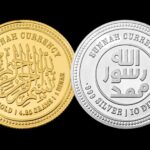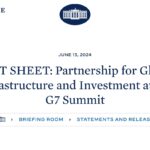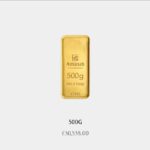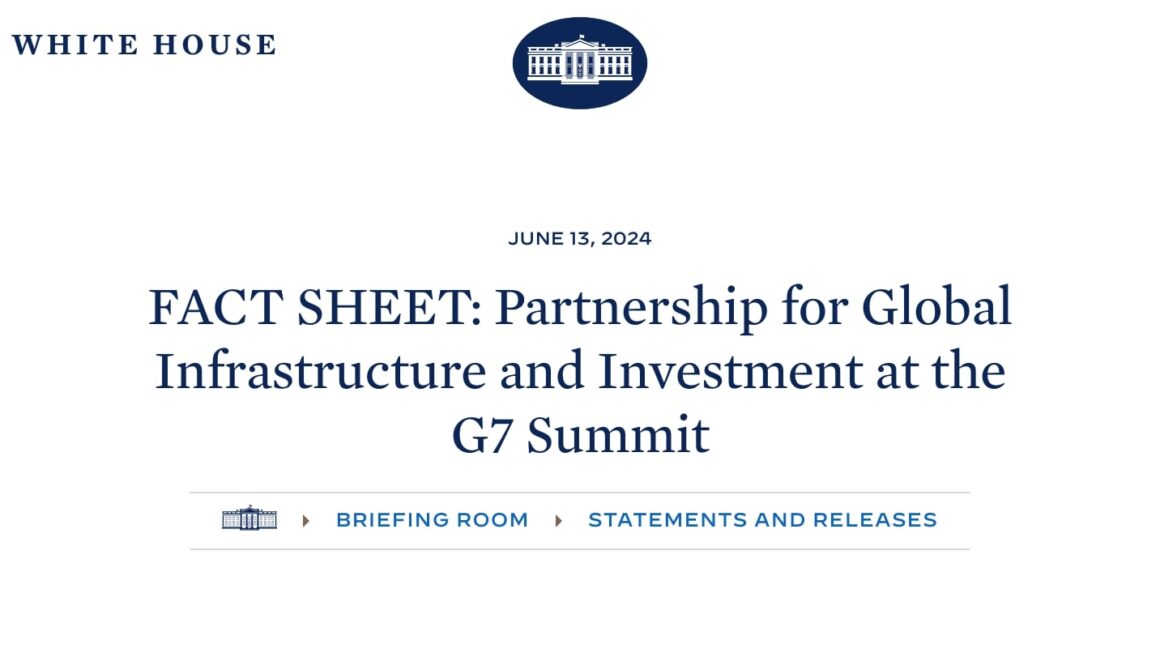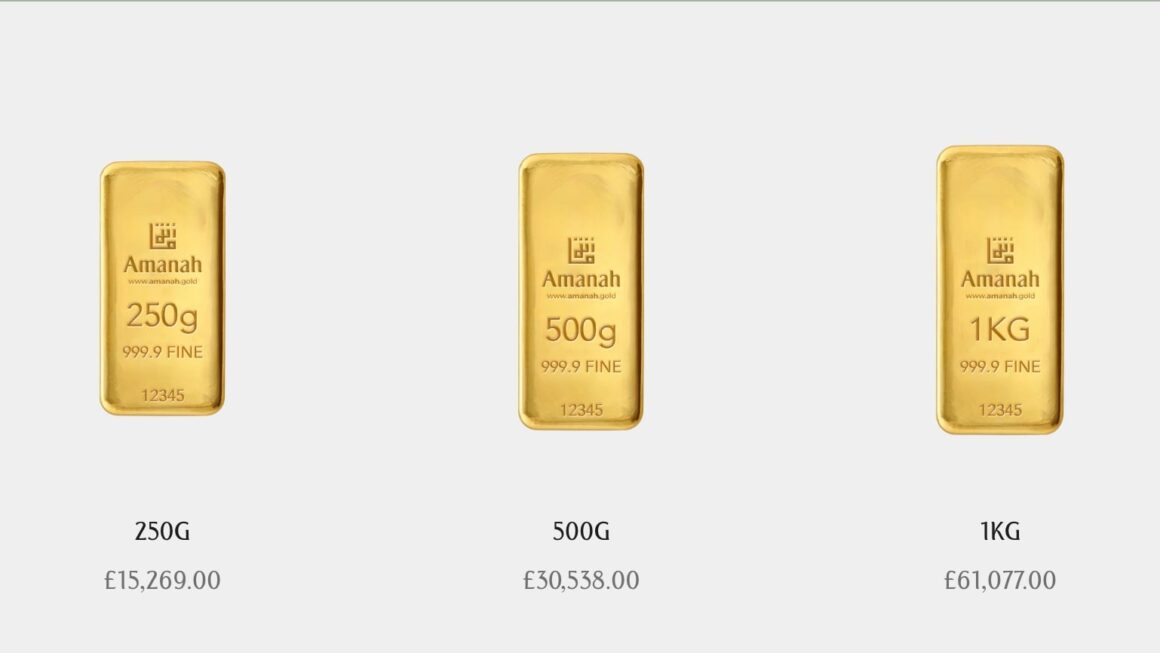Outline
I. Introduction
- Overview of the Texas Committee’s bill
- Importance of creating reserve gold and silver-backed transactional currencies
II. Understanding 100% Reserve Currencies
- Explanation of 100% reserve banking
- Benefits and drawbacks of 100% reserve currencies
III. Significance of Gold and Silver Backing
- Historical context of gold and silver as currency
- Advantages of backing currencies with precious metals
IV. Texas Committee’s Bill: Key Points
- Overview of the bill’s provisions
- Implications for the Texas economy and financial system
V. Potential Impact on Monetary Policy
- Discussion on the potential impact on monetary policy
- Pros and cons of implementing reserve gold and silver-backed currencies
VI. Challenges and Criticisms
- Challenges faced in implementing and maintaining such currencies
- Criticisms from skeptics and opponents
VII. Case Studies: International Examples
- Analysis of countries that have implemented similar monetary systems
- Lessons learned from their experiences
VIII. Implications for the Global Economy
- Examination of the potential effects on the global financial landscape
- Repercussions for the US dollar and international trade
IX. Public Perception and Support
- Public opinion on the bill and reserve currencies
- Factors influencing support or opposition
X. Conclusion
XI. FAQs
- What is the purpose of creating 100% reserve gold and silver-backed transactional currencies?
- How would the Texas bill impact the state’s economy?
- Can other states adopt similar legislation?
- Are there any risks associated with backing currencies with gold and silver?
- What are the chances of the bill becoming law?
Texas Committee Passes Bill To Create 100% Reserve Gold And Silver-Backed Transactional Currencies
The Texas Committee recently made a significant move by passing a bill aimed at creating 100% reserve gold and silver-backed transactional currencies. This decision has garnered attention and raised important discussions about the future of monetary systems and the role of precious metals in the economy. In this article, we will delve into the details of this bill, its potential impact, and the broader implications it may have.
Introduction
In an era of evolving financial systems and economic uncertainties, the idea of creating 100% reserve gold and silver-backed transactional currencies has gained traction. The Texas Committee’s bill represents a step toward exploring alternative monetary frameworks that depart from traditional fiat currencies. By delving into the advantages and challenges associated with this bill, we can better understand its significance and potential consequences.
Understanding 100% Reserve Currencies
To grasp the implications of the Texas bill, it is essential to understand the concept of 100% reserve currencies. Unlike the fractional reserve system employed by most central banks, a 100% reserve system requires banks to hold reserves equal to 100% of their deposits. This approach aims to eliminate the practice of creating money through lending and, instead, ensures that all deposits are fully backed by reserves.
While 100% reserve currencies provide greater stability and mitigate the risks associated with fractional reserve banking, they also present challenges. These challenges include potential limitations on credit availability and reduced flexibility in monetary policy.
Significance of Gold and Silver Backing
Historically, gold and silver have been recognised as valuable commodities and mediums of exchange. The practice of using precious metals as currency goes back centuries and has often served as a safeguard against inflation and economic instability. By backing currencies with gold and silver, the Texas bill seeks to instil confidence in the monetary system and provide a tangible store of value.
The advantages of gold and silver backing include increased stability, protection against inflation, and potential diversification benefits. Precious metals have a track record of retaining value over time, which makes them attractive to investors and individuals seeking a reliable form of currency. Additionally, gold and silver have inherent scarcity, which adds to their appeal as backing for transactional currencies.
Texas Committee’s Bill: Key Points
The bill proposed by the Texas Committee outlines several key provisions for the creation of 100% reserve gold and silver-backed transactional currencies. These provisions include establishing a framework for issuing and regulating the currencies, determining the specific gold and silver reserves to back the currencies, and implementing mechanisms to ensure transparency and accountability.
If the bill becomes law, it could have far-reaching implications for the Texas economy and financial system. The introduction of reserve gold and silver-backed currencies would diversify the state’s monetary landscape, providing an alternative to traditional fiat currencies. This could potentially attract businesses and investors interested in a more stable and secure currency system.
Potential Impact on Monetary Policy
The adoption of reserve gold and silver-backed currencies raises questions about the impact on monetary policy. With a fixed reserve of precious metals, the ability to expand or contract the money supply becomes more limited compared to a fiat currency system. This could have both positive and negative consequences.
On the positive side, a more stable money supply can help mitigate inflationary pressures and provide a solid foundation for long-term economic growth. However, it may also limit the flexibility needed to respond to changing economic conditions and implement effective monetary policy measures during times of crisis.
Challenges and Criticisms
Implementing and maintaining a 100% reserve gold and silver-backed currency system poses its own set of challenges. The availability and storage of sufficient gold and silver reserves would require careful management and infrastructure. Additionally, the fluctuating prices of these precious metals can introduce volatility into the currency’s value.
Critics of such systems argue that the practicality of using gold and silver as backing for currencies is questionable. They raise concerns about the costs associated with acquiring and storing the necessary reserves, as well as the potential for counterfeiting and fraud.
Case Studies: International Examples
While the concept of reserve gold and silver-backed currencies is relatively uncommon in modern times, there have been historical examples and international experiences to draw from. Countries like Switzerland and the United Arab Emirates have employed similar approaches in the past, using gold as a partial backing for their currencies. Studying these cases can provide valuable insights into the feasibility and potential outcomes of implementing such a system.
Implications for the Global Economy
The adoption of reserve gold and silver-backed currencies by a significant economy like Texas could have ripple effects in the global financial landscape. It may challenge the dominance of the US dollar as the world’s primary reserve currency and potentially influence international trade dynamics.
The reaction of other states and countries to Texas’ initiative will be worth monitoring. It could potentially spur discussions and debates about the stability of fiat currencies and the role of precious metals in a rapidly changing global economy.
Public Perception and Support
The public perception of the bill and reserve gold and silver-backed currencies plays a crucial role in its success. The level of understanding and awareness among the public, as well as their confidence in alternative monetary systems, can influence the acceptance and implementation of such legislation.
Factors like economic education, public sentiment toward traditional banking systems, and the desire for financial security will shape public support or opposition to the bill.
Conclusion
The Texas Committee’s passing of the bill to create 100% reserve gold and silver-backed transactional currencies marks a significant step toward exploring alternative monetary systems. The introduction of such currencies could provide stability, mitigate inflation risks, and diversify the financial landscape in Texas. However, challenges and criticisms surrounding the practicality and flexibility of such a system must be addressed.
The implications of this bill extend beyond Texas, potentially impacting global financial dynamics and prompting discussions on the role of precious metals in the modern economy. As the bill progresses through the legislative process, it will be essential to consider various perspectives and assess the potential consequences and benefits of implementing reserve gold and silver-backed currencies.
In conclusion, the Texas Committee’s bill to create 100% reserve gold and silver-backed transactional currencies represents a bold step toward exploring alternative monetary systems. By backing currencies with precious metals, the bill aims to instil confidence, stability, and value in the monetary system. However, challenges in implementation, potential limitations on monetary policy, and public perception will need to be carefully addressed. The outcome of this initiative will not only impact the state of Texas but also have broader implications for the global financial landscape.
FAQs
1. What is the purpose of creating 100% reserve gold and silver-backed transactional currencies? Creating such currencies aims to provide stability, instil confidence in the monetary system, and offer a reliable store of value that is backed by precious metals.
2. How would the Texas bill impact the state’s economy? The bill could diversify the monetary landscape, attract businesses and investors seeking stability, and potentially influence economic growth and trade dynamics within the state.
3. Can other states adopt similar legislation? While it’s possible for other states to adopt similar legislation, each state’s economic and political context will determine the feasibility and likelihood of implementing reserve gold and silver-backed currencies.
4. Are there any risks associated with backing currencies with gold and silver? Challenges include the acquisition and storage of sufficient reserves, potential volatility in the currency’s value due to fluctuating metal prices, and the risk of counterfeiting or fraud.
5. What are the chances of the bill becoming law? The chances depend on various factors, including legislative support, public sentiment, and the ability to address concerns and challenges raised during the legislative process.





